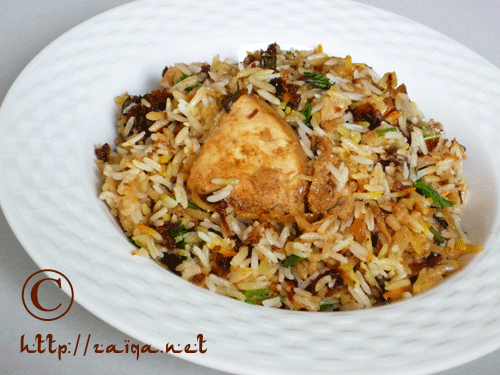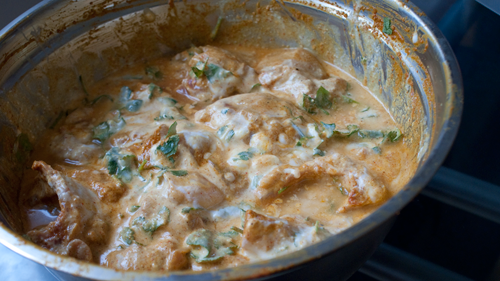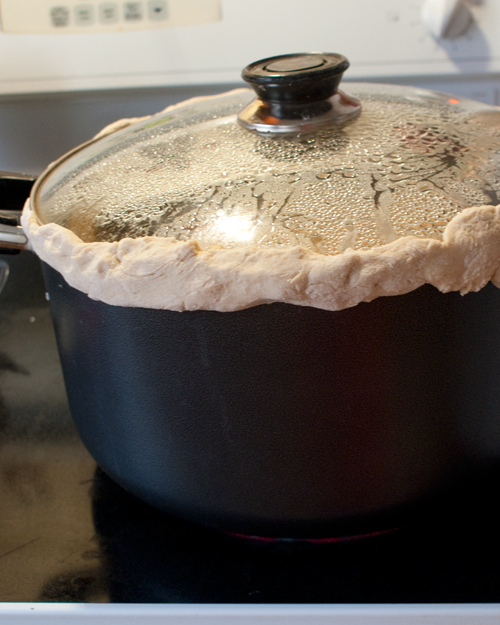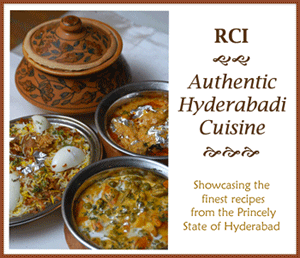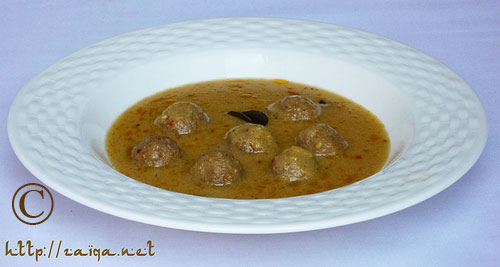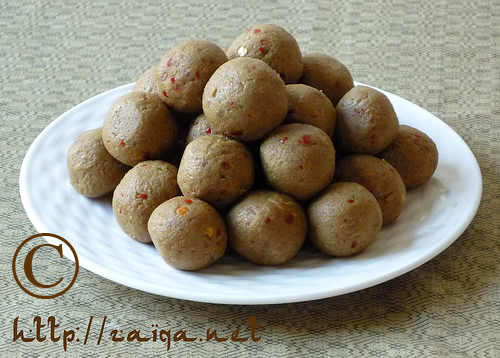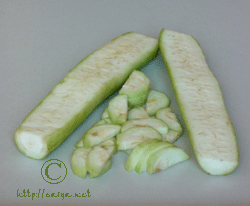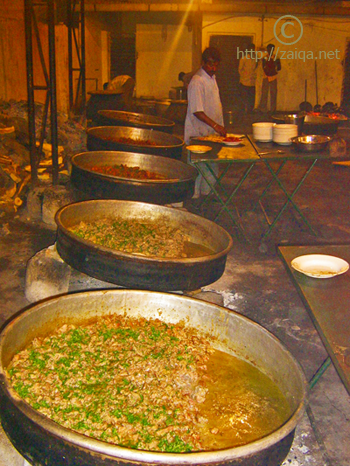‘Phalli’, in Urdu Lanaguage means beans or pods. 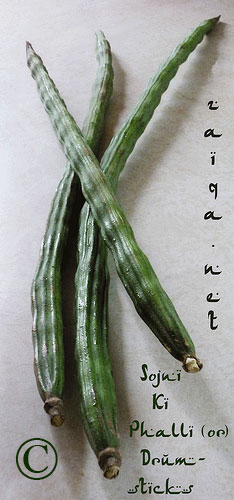 Sojni Ki Phalli in Urdu language, are also called as ‘Drumsticks’ in English language. They are long, green, slender and triangular pendulous pods which grow on the Drumstick tree or Moringa oleifera, its scientific name. The trees are drooping and are native to the Indian subcontinent mainly. The tree is very useful as it does not require any special conditions to grow well and the leaves and pods are high in nutrition. The tree is drought resistant and almost each and every part of the tree is useful to mankind. I have however never consumed the leaves of the plant, but I simply love the drumsticks.
Sojni Ki Phalli in Urdu language, are also called as ‘Drumsticks’ in English language. They are long, green, slender and triangular pendulous pods which grow on the Drumstick tree or Moringa oleifera, its scientific name. The trees are drooping and are native to the Indian subcontinent mainly. The tree is very useful as it does not require any special conditions to grow well and the leaves and pods are high in nutrition. The tree is drought resistant and almost each and every part of the tree is useful to mankind. I have however never consumed the leaves of the plant, but I simply love the drumsticks.
The pods which are rich in vitamin C, iron, folic acid and calcium have an outer hard skin, winged and waxy seeds in the centre and a delicate delicious pith in between. They are very long in length, around 30 cm or more. Once cooked, the only parts of the pod consumed are the sweetish and delicate jelly like pith and the winged seeds. Be sure to look for younger looking ones which are bright green in color while you shop.Seeds show as knobbles in mature seeds, avoid these. They are available fresh at various Indian stores selling groceries, and are also sold canned. However canned or frozen drumsticks can only give you a faint impression of the real thing.
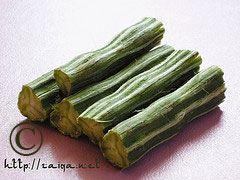
To prepare the pods, they are first washed and pat dried, top and bottom trimmed, and the outer skin is scraped slightly with knife, cut into 5-6 cm long tubes and then simmered in water and spices for 10 minutes to be added to any curry or dals and consumed. There is a particular method by which the pods are consumed. The pods are easily broken into three strips once cooked and each strip is scraped by a spoon or by running your teeth down the lenth of the strip. Some even chew the outer tough skin to extract the juices and the sweet pith and later the skin is discarded it at the side of the plate.
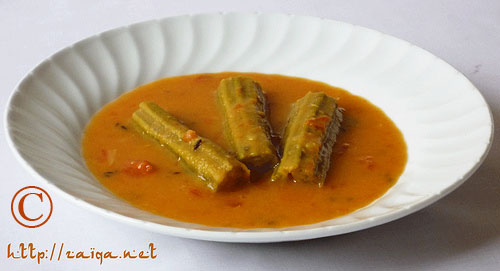
Among the various dishes in which these pods are added, the most favorite one enjoyed by me is Sojni ki Phalli Ka Dalcha. I remember I was a little kid when I tasted these for the first time, and I still love them immensely.
Sojni ki Phalli ka Dalcha- Drumsticks in a Tangy thin Lentil Soup
Ingredients:
Sojni ki Phalli/Drumsticks – 4, cut into small tubes-approx 5-6 cm in length (as shown in the picture above)
Tuvar ki dal/Yellow lentils (or) Masoor ki dal/Red lentils (or) Chane ki dal/Bengal gram – 1 cup
Red Chilli powder – 2 tsp
Salt – 2 tsp
Turmeric – 1/4 tsp
Tamarind concentrate – 3 tbsp
Canola Oil – 2 tsp
Curry leaves, fresh – 5-8
Dried Red chillies – 3
Garlic Cloves – 2, large, smashed
Tomato – 2, finely chopped
Method:
1. Soak the dal for about 2 hrs in surplus cool water. Later drain and boil the dal in a saucepan with 4 cups of fresh water along with a pinch of salt and turmeric until the dal is mushy. Add tamarind concentrate to the dal. With an immersion blender, puree the dal or whisk it alternatively until smooth.
2. Meanwhile, in a pressure cooker, pour oil, add the curry leaves and the dried red chillies, cumin seeds, garlic cloves and as soon as they start to splutter, add red chilli powder, turmeric, salt and the chopped tomatoes. Mix well. Add the drumsticks and pour in 2 cups water. Close the lid and pressure cook for 5 minutes or until the pods are done. To test doneness, try breaking a pod using a spoon, if it easily breaks, then it is done. Pour the pureed dal into the saucepan with the drunsticks and pour water to achieve the consistency you want. Add tamarind concentrate, and let it cook on medium for 5 more minutes. The dal is neither too thick or too thin in consistency. Serve warm.
Suggested Accompaniments: Basmati Chawal, and a Vegetarian or Non-vegeratian side dish.
This delicious dal is my entry to the event ‘Delicious Dals from India’ being hosted by Suma at her blog Veggie Platter.
Luv,
Mona
